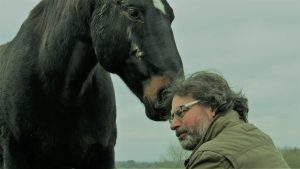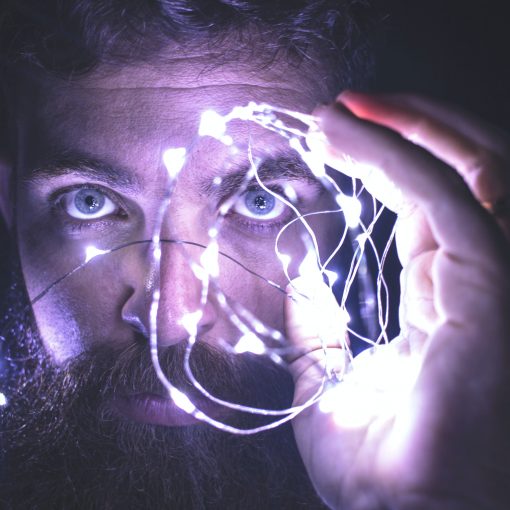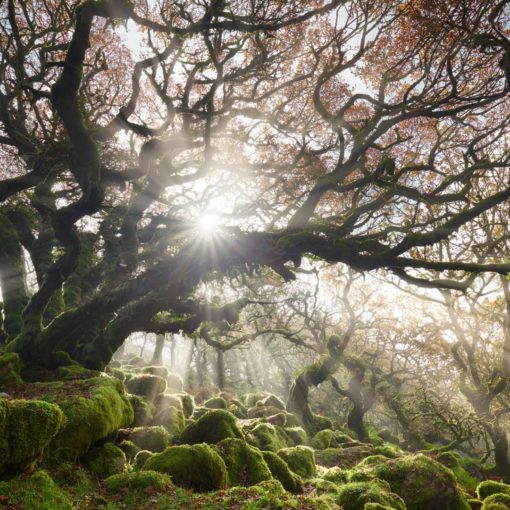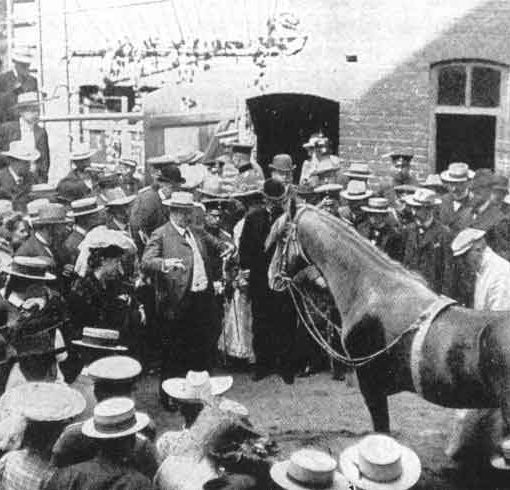Emotions as motion - really?
A few years ago when running an event at Athena Herd Foundation somebody asked me “how horses react to human emotion?” My flippant response in the moment was, “well they move". But that was exactly the point. On reflection this has got me thinking.
So, the question...
In some respects our everyday language supports this. How often when we feel emotional about something do we describe ourselves as “moved".
Mammalian emotions are essential a call to action. Neuroscientists stress that the brain's response to a stimulus sits in the continuum between reward and threat. Essentially this is creating movement. Towards the reward and (ideally) retreat from the threat.
Free horses are excellent and generally immediate demonstrators of emotional motivation, their movements are often their response to our emotional display. Drawn towards our better humours and driven away from our less pleasant ones. At least where free movement is an option.
Horses are social animals and as such are highly attuned to their fellow herd members. That sensitivity is not limited to other horses.
A common language
Emotion and the behaviours they give rise to is a common physical language in mammals. The rising of pulse and the tightening of muscles, speak of a preparation to act. The softening of the body and quietening of the breath communicate a relaxing.
Jack Panksepp outlined seven primary emotions in his book Affective Neuroscience. Foundations that motivate and drive behaviour. When we acknowledge his work we acknowledge a cross-species commonality. Panksepp's original work was on rats. He identified seven emotional systems: seeking; rage; fear; lust; care; grief and play. A list totally recognisable to every reader I hope.
As a social animal we can see these in other humans. Neuroscience is increasingly stressing the highly social nature of the mind, recognising the interconnectedness of brains. We are hard-wired to read and react to others. Emotions are contagious, often unconsciously so.
The unconscious dance
We are both social animals and as such whenever we come together there is communication that is much more subtle than language. Our bodies have their own way of talking, the key bit here is recognising much of the exchange in these situations is often unconscious.
Neuroscientists such as David Eagleman outline a subtle lag between the unconscious and the conscious. The latter generally playing catch-up. Rationalising after the event. The unconscious emotional dance that proceeds is often the authentic space. It is in this authentic space where we come together. The key takeaway for me, is that a horse's behaviour around us is very much an honest reaction to our behaviour. Conversely we can similarly reflect on them.
Alongside horses, whether we connect with it on not, there is always communication, there is a constant two way dance of somatic presence at play. In that dance we see our state-of-being or emotion manifested as motion, with the most immediate feedback presented by the horse. This is where Eagleman's lagging consciousness might ask "in what way did I make that happen?".
Communication
In our interactions we need to consider their behaviour as information. Information shared with us, so essentially communication. In their motion lies emotion. Each horse in these interactions honestly offer their best emotional reflections of our emotional presentation.
Each horse in these interactions honestly offer their best emotional reflections of our emotional presentation.
In the context of delivering Equine Facilitated Interactions this is what we learn to read and engage with. Wherever possible leaving our own judgement or beliefs to one side, offering clean observation and challenge.
What question does the horse offer in its behaviour, what do we then see in ourselves, or in the actions of others. What does the human see of themselves in the equine response to them.
So how do horses respond to human emotions? They respond emotionally. In context, they display before us their emotions as motion.
For more information about the power and impact of Equine Facilitated Interactions please visit the Athena Herd Foundation website.




